The 1970s were a golden age of entertainment, where larger-than-life personalities dominated the big screen, music charts, and gossip columns alike. Long before social media gave celebrities an instant platform for airing grievances, stars of the disco decade had to rely on magazine interviews, talk show appearances, and publicist-planted stories to fuel their famous fallouts. These 12 legendary feuds not only captivated audiences but also shaped pop culture in ways we’re still feeling today.
1. Elton John vs. Rod Stewart
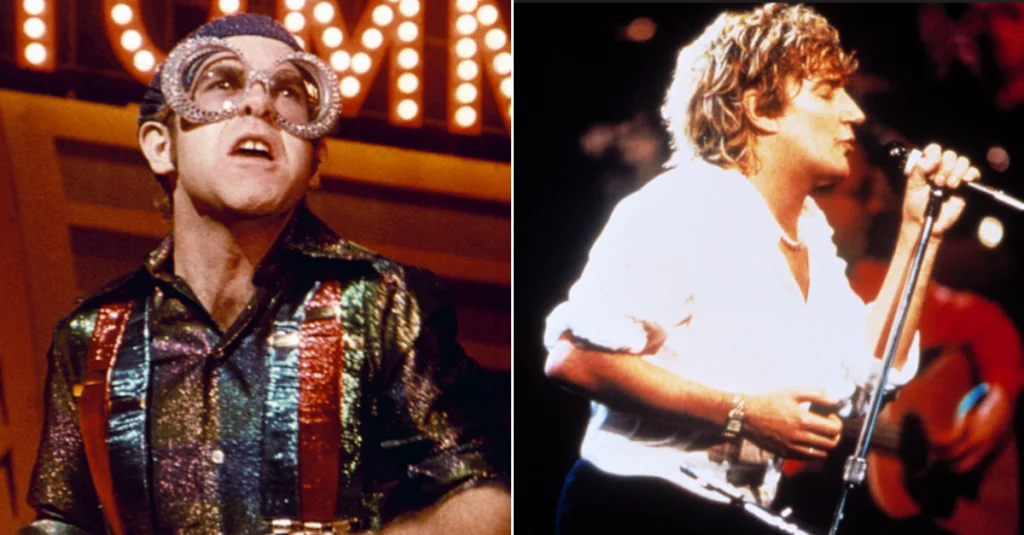
The “Rocket Man” and the “Hot Legs” singer engaged in one of music’s most enduring love-hate relationships, starting when Rod mockingly hung a banner over the Marquee Club in London reading “Elton John’s here” during one of his concerts. What began as playful rivalry escalated when both released albums on the same day in 1976, with each artist sending the other increasingly elaborate gifts to celebrate their chart positions. Their friendship survived decades of pranks, including Elton sending Rod a portable refrigerator when he learned Stewart was vacationing in tropical climates. Smooth writes that this friendship and feud existed between the two for over five decades.
Stewart later complained that John never invited him to his notorious parties, while Elton claimed Rod’s management blocked their collaborations. Despite the occasional tense moment, their feud remained largely good-natured, with both men frequently expressing admiration for each other’s musical achievements. The two British rock icons eventually reconciled in the early 1980s, proving that sometimes the juiciest feuds are actually rooted in mutual respect.
2. Joan Crawford vs. Bette Davis

Hollywood’s most infamous rivalry began on the set of “What Ever Happened to Baby Jane?” (1962) but reached its crescendo in the 1970s with increasingly bitter public statements from both aging screen queens. Crawford reportedly campaigned against Davis receiving an Oscar nomination, while Davis made no secret of her disdain for her co-star, telling Johnny Carson that Crawford “slept with every male star at MGM except Lassie.” The feud continued even after Crawford’s 1977 death, with Davis reportedly quipping, “You should never say bad things about the dead, only good… Joan Crawford is dead, good!” Harper’s Bazaar dives deeper and breaks down their complex relationship in a detailed timeline to give additional context.
Their mutual animosity was fueled by professional jealousy, competing for roles, and fundamentally different approaches to stardom. Crawford was the glamorous, carefully constructed studio creation who reportedly scrubbed floors before important visitors arrived so they’d think she was humble, while Davis prided herself on being an actress first, star second. Their legendary hatred spawned countless magazine articles throughout the decade and ultimately became as famous as any film either woman made, eventually inspiring the 2017 television series “Feud.”
3. Muhammad Ali vs. Joe Frazier
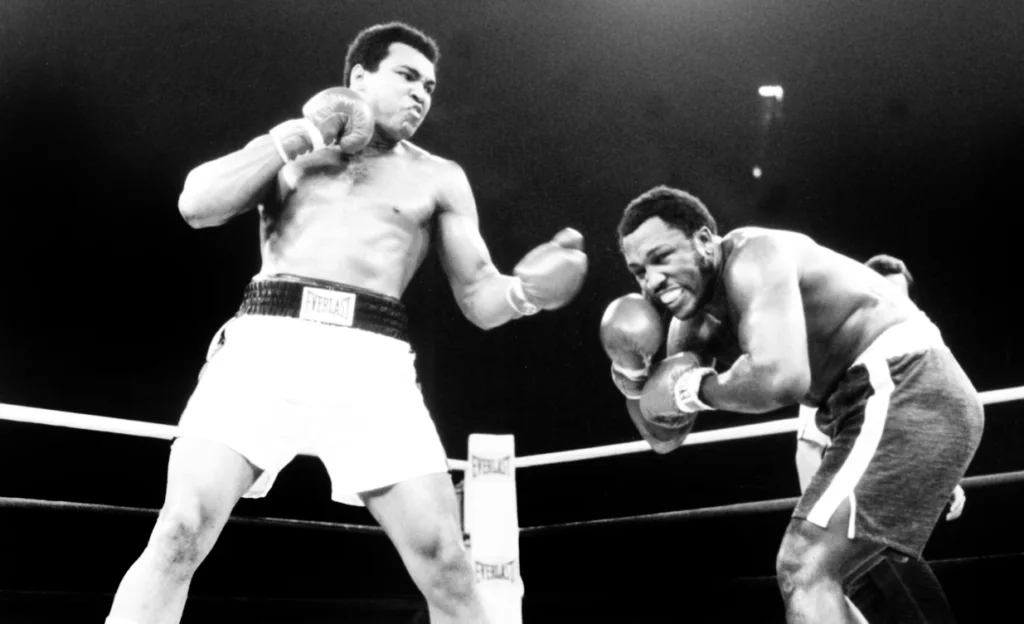
The rivalry between these heavyweight boxing champions transcended sports to become one of the defining cultural conflicts of the decade, played out across three brutal fights and countless verbal jabs. Ali mercilessly taunted Frazier, calling him “ignorant,” an “Uncle Tom,” and additional grim slurs, creating a racial and political dimension to their competition that Frazier found deeply hurtful. Their 1971 “Fight of the Century” and the 1975 “Thrilla in Manila” weren’t just boxing matches but cultural events that divided America along lines of politics, race, and style. With so much tension building up in this closed system between the two, The New York Times would also go on to call it the Fight of the Century.
Frazier never fully forgave Ali for the personal attacks, carrying the grudge well beyond their fighting years. Ali’s showmanship and verbal provocations sold tickets but created genuine animosity that lasted decades, with Frazier once saying he was glad Ali developed Parkinson’s disease. The feud softened somewhat in later years, with Ali publicly apologizing, though Frazier remained ambivalent about reconciliation until his death in 2011.
4. Johnny Carson vs. Joan Rivers
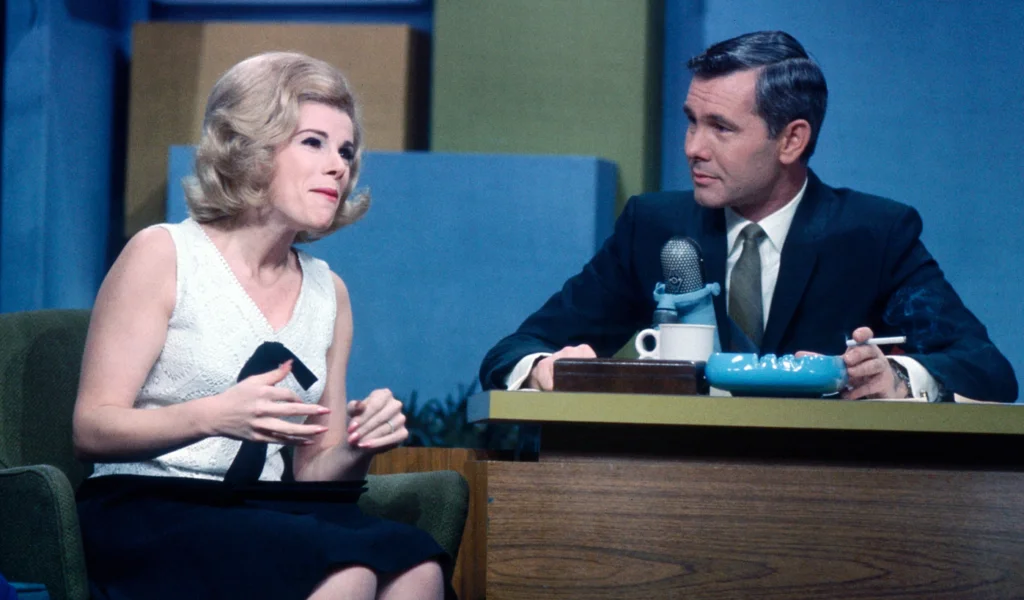
The late-night television landscape was forever altered when Rivers, Carson’s longtime guest host on “The Tonight Show,” accepted her own competing talk show on the fledgling Fox network in 1986 without telling her mentor first. Carson, who had championed Rivers since the 1960s and frequently told her “you’ll be the next me,” was blindsided and immediately cut all ties, never speaking to her again. Rivers later claimed she tried to call Carson to explain but he hung up on her, beginning a freeze-out that would last until Carson’s death in 2005.
The public took sides, with most industry insiders backing Carson, the undisputed king of late night. Rivers’ show failed within a year, and she later described the experience as “like being in the electric chair,” losing not just her mentor but suffering professional banishment from NBC for decades. The painful split represented a classic showbusiness tale of loyalty versus ambition, with Rivers later reflecting that while she didn’t regret pursuing her own show, she deeply regretted how the situation was handled.
5. Farrah Fawcett vs. “Charlie’s Angels” Producers
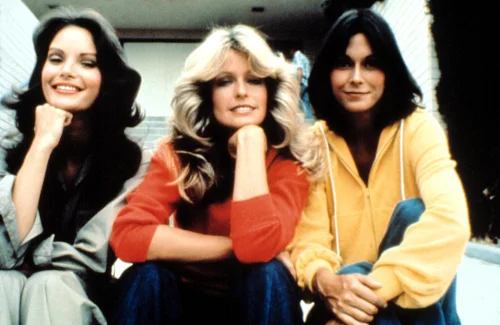
Television’s golden girl stunned Hollywood when she quit the phenomenally successful “Charlie’s Angels” after just one season, prompting a breach of contract lawsuit that dominated entertainment news. Fawcett, whose famous red swimsuit poster had sold 12 million copies, argued she deserved better pay and creative control, while producers felt betrayed by her departure at the height of the show’s popularity. The legal battle turned nasty when Spelling-Goldberg Productions demanded $7 million in damages, effectively attempting to prevent her from working elsewhere.
The dispute revealed the power imbalance in television contracts and became a symbol of an actress fighting for fair treatment in a male-dominated industry. Eventually, a settlement was reached requiring Fawcett to make guest appearances over the next two seasons, creating awkward on-set dynamics with her replacement, Cheryl Ladd. Fawcett ultimately had the last laugh, going on to earn critical acclaim and Emmy nominations for more serious dramatic roles that proved she was more than just a television pinup.
6. The Beatles’ Breakup Feuds
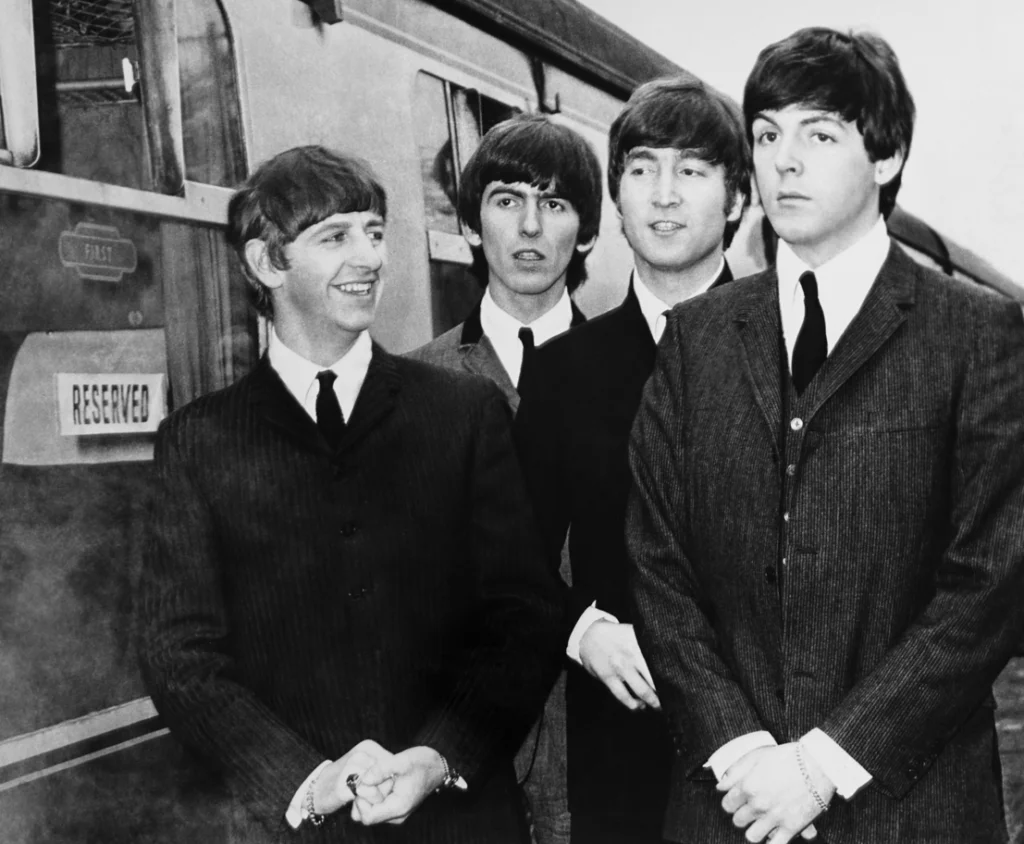
The dream was over, and the aftermath wasn’t pretty, with Paul McCartney suing his former bandmates to dissolve their business partnership while John Lennon wrote scathing lyrics about his longtime collaborator. The early 1970s saw the former Fab Four taking potshots at each other through the press and thinly veiled song references, with George Harrison particularly bitter about his secondary status during the band’s heyday. Ringo Starr was caught in the middle, attempting to maintain relationships with all three while watching the musical partnership that defined a generation disintegrate into lawsuits and public sniping.
The legal proceedings dragged on until 1975, with fans holding out hope for a reunion that never materialized. Lennon and McCartney eventually reconciled personally before Lennon’s 1980 death, though they declined numerous lucrative offers to perform together again. The dissolution of the world’s most famous band played out like a public divorce, with fans taking sides and each former Beatle attempting to establish individual identity while processing the end of the most successful collaboration in music history.
7. The Rolling Stones’ Mick Jagger vs. Keith Richards
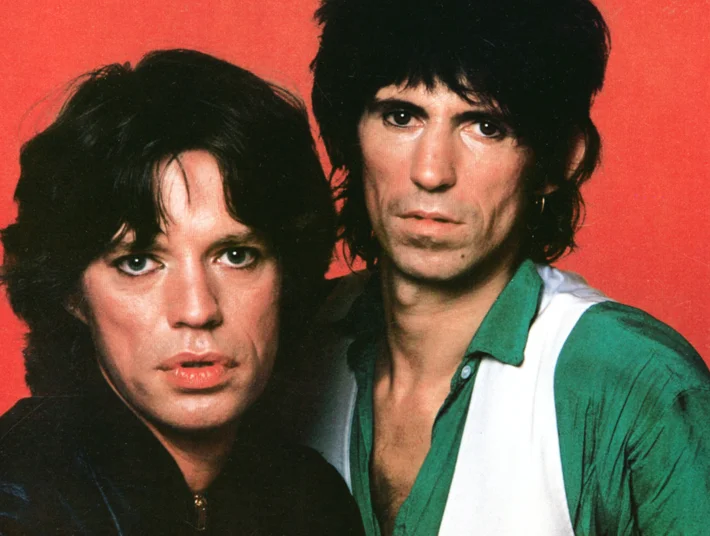
Rock’s most enduring partnership nearly collapsed when Richards grew increasingly frustrated with Jagger’s solo ambitions and controlling tendencies in the band. The friction became unbearable during the troubled 1973 recording sessions for “Goats Head Soup,” when Richards’ escalating substance abuse problems clashed with Jagger’s businesslike approach to the band. Their creative differences spilled into public view when Richards gave several candid interviews criticizing Jagger’s disco leanings and Hollywood aspirations.
By 1977, many music insiders predicted the Stones’ imminent breakup as communication between the childhood friends deteriorated to the point where they sometimes recorded their parts separately. The tension created what many critics consider their last truly great album of the decade, “Some Girls,” which channeled their antagonism into creative electricity. Against all odds, the feuding partners eventually reconciled, recognizing that despite their differences, they were more valuable together than apart.
8. Elizabeth Taylor vs. Richard Burton
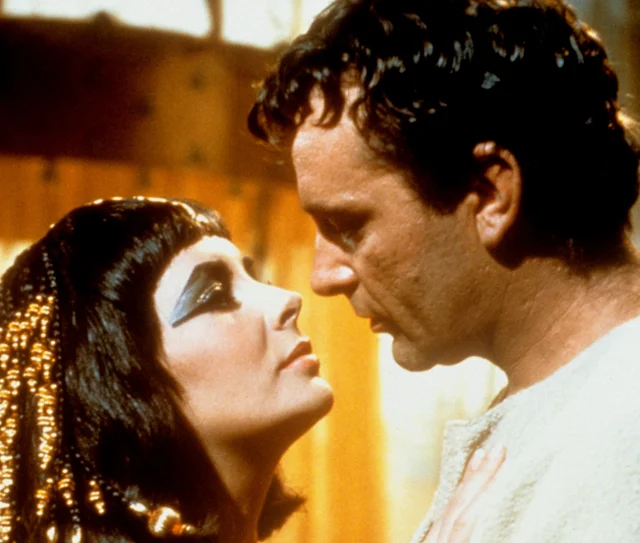
Hollywood’s most passionate couple lived out their tempestuous relationship in full public view, divorcing in 1974 only to remarry in 1975 and divorce again in 1976. Their second breakup proved especially bitter, with Burton marrying model Suzy Hunt just weeks after the divorce was finalized, prompting Taylor to tell reporters, “I want no part of any man who can marry so quickly.” The couple whose romance began scandalously on the set of “Cleopatra” continued generating headlines throughout the decade with their seemingly unbreakable cycle of passion and conflict.
Burton’s public statements about their relationship grew increasingly pointed, once describing their marriage as “living on a knife edge of danger.” Despite the animosity, they reunited professionally for the 1983 play “Private Lives,” with many observing that their offstage drama consistently outperformed whatever project they were promoting. Their relationship epitomized the decade’s fascination with celebrity marriages, creating a template for public breakups that tabloids follow to this day.
9. Olivia de Havilland vs. Joan Fontaine

The only sisters to both win Best Actress Oscars maintained one of Hollywood’s longest-running feuds, refusing to speak to each other for much of the 1970s. Their rivalry began in childhood but reached its peak when Fontaine published her 1978 memoir “No Bed of Roses,” which portrayed de Havilland in a deeply unflattering light and reignited decades-old wounds. The sisters reportedly avoided each other at social events, with elaborate seating arrangements required at industry functions to prevent uncomfortable encounters.
Their competitiveness extended to their romantic lives, with Fontaine once claiming, “I married first, won the Oscar before Olivia did, and if I die first, she’ll undoubtedly be livid because I beat her to it!” The feud continued until Fontaine’s death in 2013, with de Havilland expressing sadness over the lost opportunity for reconciliation. These silver screen legends embodied the fascinating contradiction of siblings who shared incredible talent and achievement yet could never overcome their personal conflicts.
10. Raquel Welch vs. Mae West
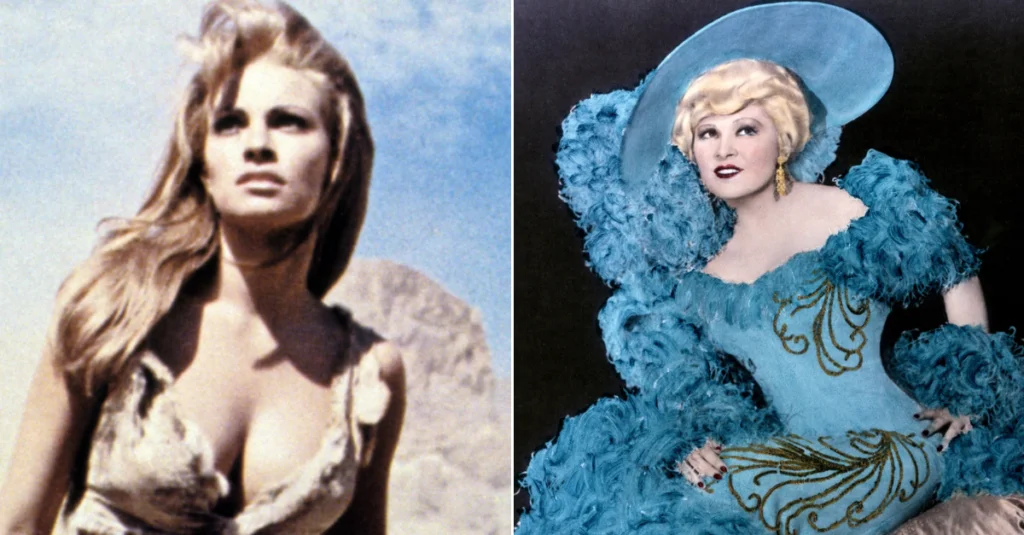
The set of “Myra Breckinridge” (1970) became ground zero for an epic clash between Hollywood generations when 77-year-old West returned to filmmaking after a 27-year absence, only to find herself competing for attention with sex symbol Welch. West reportedly demanded that her contract give her more close-ups than any other actor and insisted the lighting crew use special techniques to make her look decades younger. Welch later described the production as “a nightmare, made worse by the fact that Mae and I were like oil and water.”
The aging legend refused to appear in the same frame as Welch, requiring elaborate editing to create the illusion they were in scenes together. West’s diva behavior included having production assistants carry her from her dressing room to the set and demanding script changes that would give her character the upper hand over Welch’s. The film flopped spectacularly, with critics savaging it as an incoherent mess, but the behind-the-scenes drama created fascinating fodder for Hollywood columnists throughout the decade.
11. David Bowie vs. Elton John

Two of glam rock’s biggest stars engaged in a public war of words throughout the mid-1970s, with Bowie dismissing John as “the Liberace, the token queen of rock” while John countered by calling Bowie’s ever-changing persona “all pose and no substance.” Their rivalry was fueled by competing visions of rock stardom – Bowie’s cerebral, constantly evolving artistic approach versus John’s more commercial, crowd-pleasing spectacle. The music press eagerly amplified their differences, creating a perception that British rock had divided into competing camps.
The feud peaked when both artists appeared on the same episode of “Soul Train” in 1975, reportedly refusing to acknowledge each other backstage. Fashion became another battleground, with each trying to outdo the other’s outrageous stage costumes at a time when rock was becoming increasingly theatrical. By decade’s end, they had reached an uneasy truce, with Bowie later admitting they had more in common than either had been willing to acknowledge during their competitive prime.
12. Frank Sinatra vs. Barbara Streisand
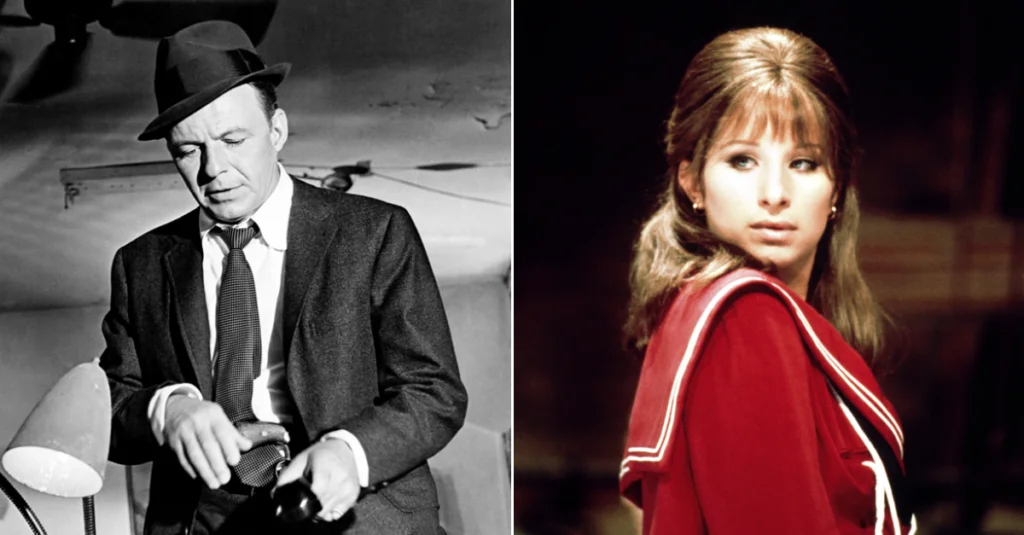
Old guard met new wave when Sinatra publicly criticized Streisand’s political activism, telling reporters in 1976 that performers should “stick to entertaining and leave politics to the politicians.” Streisand, never one to back down, responded that artists “have a responsibility to speak out against injustice,” setting the stage for a clash that represented the changing face of celebrity influence. Sinatra, who had his own history of political involvement, seemed particularly irritated by Streisand’s feminist stance and support for Democratic causes.
The tension between them became industry legend when they were scheduled to record a duet for Streisand’s album and Sinatra reportedly walked out of the session after disagreeing with her approach to the arrangement. Their contrasting styles – Sinatra’s effortless cool versus Streisand’s emotional intensity – mirrored larger cultural shifts happening as entertainment moved from the rat-pack era into a more confessional, politically engaged period. Despite their differences, both artists eventually expressed professional respect for each other, recognizing they represented different but equally valid approaches to musical stardom.
As we look back on these legendary clashes, it’s clear that celebrity feuds of the 1970s weren’t just about personal animosity but reflected deeper cultural shifts happening in America during a decade of profound change. The feuds that once filled gossip columns have since become fascinating time capsules, revealing how stars navigated fame in an era before Twitter beefs and Instagram callouts. Today’s celebrities may have new platforms for their public disputes, but they’re following a well-established tradition set by these iconic ’70s stars who understood that sometimes a good rivalry makes for an even better story.


